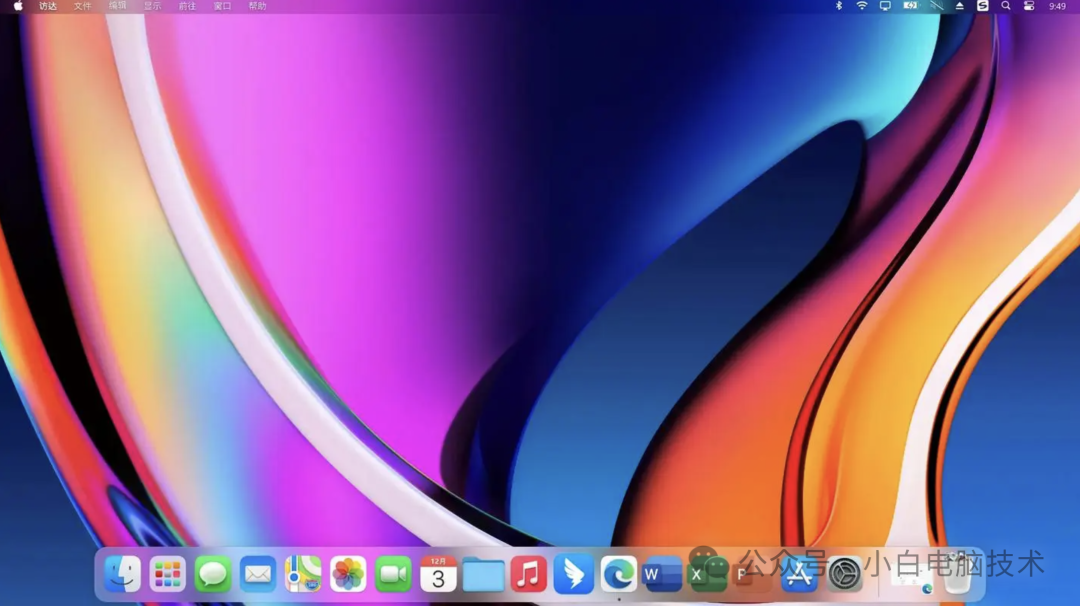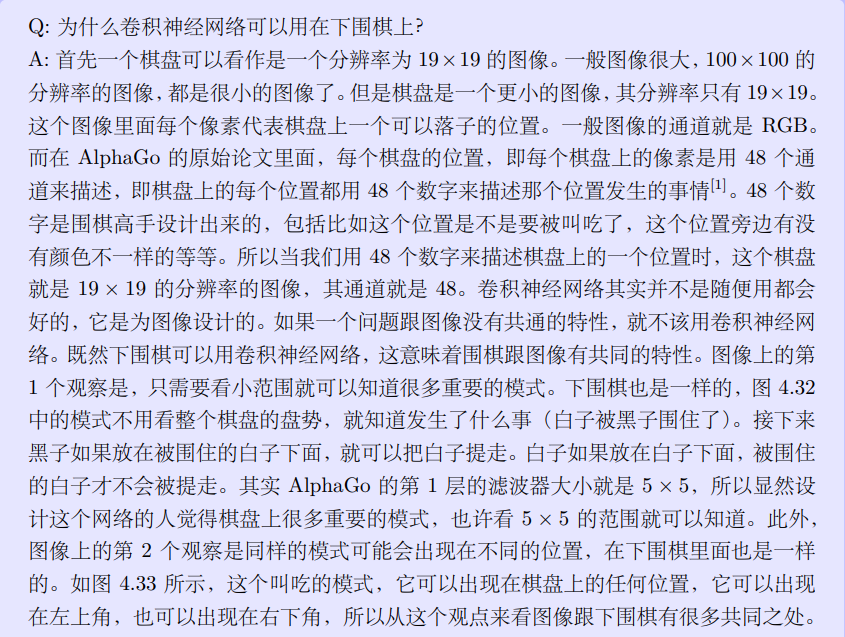如果开发者想在独立线程中进行帧率控制的Native侧业务,可以通过DisplaySoloist来实现,如游戏、自绘制UI框架对接等场景。
开发者可以选择多个DisplaySoloist实例共享一个线程,也可以选择每个DisplaySoloist实例独占一个线程。
接口说明
| 函数名称 | 说明 |
|---|---|
| OH_DisplaySoloist* OH_DisplaySoloist_Create (bool useExclusiveThread) | 创建一个OH_DisplaySoloist实例。 |
| OH_DisplaySoloist_Destroy (OH_DisplaySoloist * displaySoloist) | 销毁一个OH_DisplaySoloist实例。 |
| OH_DisplaySoloist_Start (OH_DisplaySoloist * displaySoloist, OH_DisplaySoloist_FrameCallback callback, void * data ) | 设置每帧回调函数,每次VSync信号到来时启动每帧回调。 |
| OH_DisplaySoloist_Stop (OH_DisplaySoloist * displaySoloist) | 停止请求下一次VSync信号,并停止调用回调函数callback。 |
| OH_DisplaySoloist_SetExpectedFrameRateRange (OH_DisplaySoloist* displaySoloist, DisplaySoloist_ExpectedRateRange* range) | 设置期望帧率范围。 |
开发步骤
本范例是通过Drawing在Native侧实现图形的绘制,通过异步线程设置期望的帧率,再根据帧率进行图形的绘制并将其呈现在NativeWindow上。
添加开发依赖
添加动态链接库
CMakeLists.txt中添加以下lib。
libace_napi.z.so
libace_ndk.z.so
libnative_window.so
libnative_drawing.so
libnative_display_soloist.so
头文件
#include <ace/xcomponent/native_interface_xcomponent.h>
#include "napi/native_api.h"
#include <native_display_soloist/native_display_soloist.h>
#include <native_drawing/drawing_bitmap.h>
#include <native_drawing/drawing_color.h>
#include <native_drawing/drawing_canvas.h>
#include <native_drawing/drawing_pen.h>
#include <native_drawing/drawing_brush.h>
#include <native_drawing/drawing_path.h>
#include <native_window/external_window.h>
#include <cmath>
#include <algorithm>
#include <stdint.h>
#include <sys/mman.h>
- 定义ArkTS接口文件XComponentContext.ts,用来对接Native层。
export default interface XComponentContext {
register(): void;
unregister(): void;
destroy(): void;
};
- 定义演示页面,包含两个XComponent组件。
import XComponentContext from "../interface/XComponentContext";
@Entry
@Component
struct Index {
private xComponentContext1: XComponentContext | undefined = undefined;
private xComponentContext2: XComponentContext | undefined = undefined;
build() {
Column() {
Row() {
XComponent({ id: 'xcomponentId30', type: 'surface', libraryname: 'entry' })
.onLoad((xComponentContext) => {
this.xComponentContext1 = xComponentContext as XComponentContext;
}).width('640px')
}.height('40%')
Row() {
XComponent({ id: 'xcomponentId120', type: 'surface', libraryname: 'entry' })
.onLoad((xComponentContext) => {
this.xComponentContext2 = xComponentContext as XComponentContext;
}).width('640px') // 64的倍数
}.height('40%')
}
}
}
-
在 Native C++层获取NativeXComponent。建议使用单例模式保存XComponent。此步骤需要在napi_init的过程中处理。
创建一个PluginManger单例类,用于管理NativeXComponent。
class PluginManager {
public:
~PluginManager();
static PluginManager *GetInstance();
void SetNativeXComponent(std::string &id, OH_NativeXComponent *nativeXComponent);
SampleBitMap *GetRender(std::string &id);
void Export(napi_env env, napi_value exports);
private:
std::unordered_map<std::string, OH_NativeXComponent *> nativeXComponentMap_;
std::unordered_map<std::string, SampleXComponent *> pluginRenderMap_;
};
SampleXComponent类会在后面的绘制图形中创建。
void PluginManager::Export(napi_env env, napi_value exports) {
nativeXComponentMap_.clear();
pluginRenderMap_.clear();
if ((env == nullptr) || (exports == nullptr)) {
DRAWING_LOGE("Export: env or exports is null");
return;
}
napi_value exportInstance = nullptr;
if (napi_get_named_property(env, exports, OH_NATIVE_XCOMPONENT_OBJ, &exportInstance) != napi_ok) {
DRAWING_LOGE("Export: napi_get_named_property fail");
return;
}
OH_NativeXComponent *nativeXComponent = nullptr;
if (napi_unwrap(env, exportInstance, reinterpret_cast<void **>(&nativeXComponent)) != napi_ok) {
DRAWING_LOGE("Export: napi_unwrap fail");
return;
}
char idStr[OH_XCOMPONENT_ID_LEN_MAX + 1] = {'\0'};
uint64_t idSize = OH_XCOMPONENT_ID_LEN_MAX + 1;
if (OH_NativeXComponent_GetXComponentId(nativeXComponent, idStr, &idSize) != OH_NATIVEXCOMPONENT_RESULT_SUCCESS) {
DRAWING_LOGE("Export: OH_NativeXComponent_GetXComponentId fail");
return;
}
std::string id(idStr);
auto context = PluginManager::GetInstance();
if ((context != nullptr) && (nativeXComponent != nullptr)) {
context->SetNativeXComponent(id, nativeXComponent);
auto render = context->GetRender(id);
if (render != nullptr) {
render->RegisterCallback(nativeXComponent);
render->Export(env, exports);
} else {
DRAWING_LOGE("render is nullptr");
}
}
}
-
Native层配置帧率和注册回调函数。
定义每帧回调函数内容。
static void TestCallback(long long timestamp, long long targetTimestamp, void *data)
{
// ...
// 获取对应的XComponent
OH_NativeXComponent *component = nullptr;
component = static_cast<OH_NativeXComponent *>(data);
if (component == nullptr) {
SAMPLE_LOGE("TestCallback: component is null");
return;
}
char idStr[OH_XCOMPONENT_ID_LEN_MAX + 1] = {'\0'};
uint64_t idSize = OH_XCOMPONENT_ID_LEN_MAX + 1;
if (OH_NativeXComponent_GetXComponentId(component, idStr, &idSize) != OH_NATIVEXCOMPONENT_RESULT_SUCCESS) {
SAMPLE_LOGE("TestCallback: Unable to get XComponent id");
return;
}
std::string id(idStr);
auto render = SampleXComponent::GetInstance(id);
OHNativeWindow *nativeWindow = render->GetNativeWindow();
uint64_t width;
uint64_t height;
// 获取XComponent的surface大小
int32_t xSize = OH_NativeXComponent_GetXComponentSize(component, nativeWindow, &width, &height);
if ((xSize == OH_NATIVEXCOMPONENT_RESULT_SUCCESS) && (render != nullptr)) {
render->Prepare();
render->Create();
if (id == "xcomponentId30") {
// 30Hz绘制时,每帧移动的距离为16像素
render->ConstructPath(16, 16, render->defaultOffsetY);
}
if (id == "xcomponentId120") {
// 120Hz绘制时,每帧移动的距离为4像素
render->ConstructPath(4, 4, render->defaultOffsetY);
}
// ...
}
}
使用DisplaySoloist接口配置帧率和注册每帧回调函数。
说明
- 实例在调用NapiRegister后,在不需要进行帧率控制时,应进行NapiUnregister操作,避免内存泄漏问题。
- 在页面跳转时,应进行NapiUnregister和NapiDestroy操作,避免内存泄漏问题。
static std::unordered_map<std::string, OH_DisplaySoloist *> g_displaySync;
napi_value SampleXComponent::NapiRegister(napi_env env, napi_callback_info info)
{
// ...
// 获取对应的XComponent
napi_value thisArg;
if (napi_get_cb_info(env, info, nullptr, nullptr, &thisArg, nullptr) != napi_ok) {
SAMPLE_LOGE("NapiRegister: napi_get_cb_info fail");
return nullptr;
}
napi_value exportInstance;
if (napi_get_named_property(env, thisArg, OH_NATIVE_XCOMPONENT_OBJ, &exportInstance) != napi_ok) {
SAMPLE_LOGE("NapiRegister: napi_get_named_property fail");
return nullptr;
}
OH_NativeXComponent *nativeXComponent = nullptr;
if (napi_unwrap(env, exportInstance, reinterpret_cast<void **>(&nativeXComponent)) != napi_ok) {
SAMPLE_LOGE("NapiRegister: napi_unwrap fail");
return nullptr;
}
char idStr[OH_XCOMPONENT_ID_LEN_MAX + 1] = {'\0'};
uint64_t idSize = OH_XCOMPONENT_ID_LEN_MAX + 1;
if (OH_NativeXComponent_GetXComponentId(nativeXComponent, idStr, &idSize) != OH_NATIVEXCOMPONENT_RESULT_SUCCESS) {
SAMPLE_LOGE("NapiRegister: Unable to get XComponent id");
return nullptr;
}
SAMPLE_LOGI("RegisterID = %{public}s", idStr);
std::string id(idStr);
SampleXComponent *render = SampleXComponent().GetInstance(id);
if (render != nullptr) {
OH_DisplaySoloist *nativeDisplaySoloist = nullptr;
if (g_displaySync.find(id) == g_displaySync.end()) {
// 创建OH_DisplaySoloist实例
// true表示OH_DisplaySoloist实例独占一个线程,false则表示共享一个线程
g_displaySync[id] = OH_DisplaySoloist_Create(true);
}
nativeDisplaySoloist = g_displaySync[id];
// 设置期望帧率范围
// 此结构体成员变量分别为帧率范围的最小值、最大值以及期望帧率
DisplaySoloist_ExpectedRateRange range;
if (id == "xcomponentId30") {
// 第一个XComponent期望帧率为30Hz
range = {30, 120, 30};
}
if (id == "xcomponentId120") {
// 第二个XComponent期望帧率为120Hz
range = {30, 120, 120};
}
OH_DisplaySoloist_SetExpectedFrameRateRange(nativeDisplaySoloist, &range);
// 注册回调与使能每帧回调
OH_DisplaySoloist_Start(nativeDisplaySoloist, TestCallback, nativeXComponent);
}
// ...
}
napi_value SampleXComponent::NapiUnregister(napi_env env, napi_callback_info info)
{
// ...
// 取消注册每帧回调
OH_DisplaySoloist_Stop(g_displaySync[id]);;
// ...
}
napi_value SampleXComponent::NapiDestroy(napi_env env, napi_callback_info info)
{
// ...
// 销毁OH_DisplaySoloist实例
OH_DisplaySoloist_Destroy(g_displaySync[id]);
g_displaySync.erase(id);
// ...
}
// 实现XComponentContext.ts中ArkTS接口与C++接口的绑定和映射。
void SampleXComponent::Export(napi_env env, napi_value exports) {
if ((env == nullptr) || (exports == nullptr)) {
SAMPLE_LOGE("Export: env or exports is null");
return;
}
napi_property_descriptor desc[] = {
{"register", nullptr, SampleXComponent::NapiRegister, nullptr, nullptr, nullptr, napi_default, nullptr},
{"unregister", nullptr, SampleXComponent::NapiUnregister, nullptr, nullptr, nullptr, napi_default, nullptr},
{"destroy", nullptr, SampleXComponent::NapiDestroy, nullptr, nullptr, nullptr, napi_default, nullptr}};
napi_define_properties(env, exports, sizeof(desc) / sizeof(desc[0]), desc);
if (napi_define_properties(env, exports, sizeof(desc) / sizeof(desc[0]), desc) != napi_ok) {
SAMPLE_LOGE("Export: napi_define_properties failed");
}
}
- TS层注册和取消注册每帧回调,销毁OH_DisplaySoloist实例。
// 离开页面时,取消回调注册与销毁OH_DisplaySoloist实例
aboutToDisappear(): void {
if (this.xComponentContext1) {
this.xComponentContext1.unregister();
this.xComponentContext1.destroy();
}
if (this.xComponentContext2) {
this.xComponentContext2.unregister();
this.xComponentContext2.destroy();
}
}
Row() {
Button('Start')
.id('Start')
.fontSize(14)
.fontWeight(500)
.margin({ bottom: 20, right: 6, left: 6 })
.onClick(() => {
if (this.xComponentContext1) {
this.xComponentContext1.register();
}
if (this.xComponentContext2) {
this.xComponentContext2.register();
}
})
.width('30%')
.height(40)
.shadow(ShadowStyle.OUTER_DEFAULT_LG)
Button('Stop')
.id('Stop')
.fontSize(14)
.fontWeight(500)
.margin({ bottom: 20, left: 6 })
.onClick(() => {
if (this.xComponentContext1) {
this.xComponentContext1.unregister();
}
if (this.xComponentContext2) {
this.xComponentContext2.unregister();
}
})
.width('30%')
.height(40)
.shadow(ShadowStyle.OUTER_DEFAULT_LG)
}
最后呢
很多开发朋友不知道需要学习那些鸿蒙技术?鸿蒙开发岗位需要掌握那些核心技术点?为此鸿蒙的开发学习必须要系统性的进行。
而网上有关鸿蒙的开发资料非常的少,假如你想学好鸿蒙的应用开发与系统底层开发。你可以参考这份资料,少走很多弯路,节省没必要的麻烦。由两位前阿里高级研发工程师联合打造的《鸿蒙NEXT星河版OpenHarmony开发文档》里面内容包含了(ArkTS、ArkUI开发组件、Stage模型、多端部署、分布式应用开发、音频、视频、WebGL、OpenHarmony多媒体技术、Napi组件、OpenHarmony内核、Harmony南向开发、鸿蒙项目实战等等)鸿蒙(Harmony NEXT)技术知识点
如果你是一名Android、Java、前端等等开发人员,想要转入鸿蒙方向发展。可以直接领取这份资料辅助你的学习。下面是鸿蒙开发的学习路线图。

针对鸿蒙成长路线打造的鸿蒙学习文档。话不多说,我们直接看详细鸿蒙(OpenHarmony )手册(共计1236页)与鸿蒙(OpenHarmony )开发入门视频,帮助大家在技术的道路上更进一步。
- 《鸿蒙 (OpenHarmony)开发学习视频》
- 《鸿蒙生态应用开发V2.0白皮书》
- 《鸿蒙 (OpenHarmony)开发基础到实战手册》
- OpenHarmony北向、南向开发环境搭建
- 《鸿蒙开发基础》
- 《鸿蒙开发进阶》
- 《鸿蒙开发实战》

总结
鸿蒙—作为国家主力推送的国产操作系统。部分的高校已经取消了安卓课程,从而开设鸿蒙课程;企业纷纷跟进启动了鸿蒙研发。
并且鸿蒙是完全具备无与伦比的机遇和潜力的;预计到年底将有 5,000 款的应用完成原生鸿蒙开发,未来将会支持 50 万款的应用。那么这么多的应用需要开发,也就意味着需要有更多的鸿蒙人才。鸿蒙开发工程师也将会迎来爆发式的增长,学习鸿蒙势在必行! 自↓↓↓拿




















